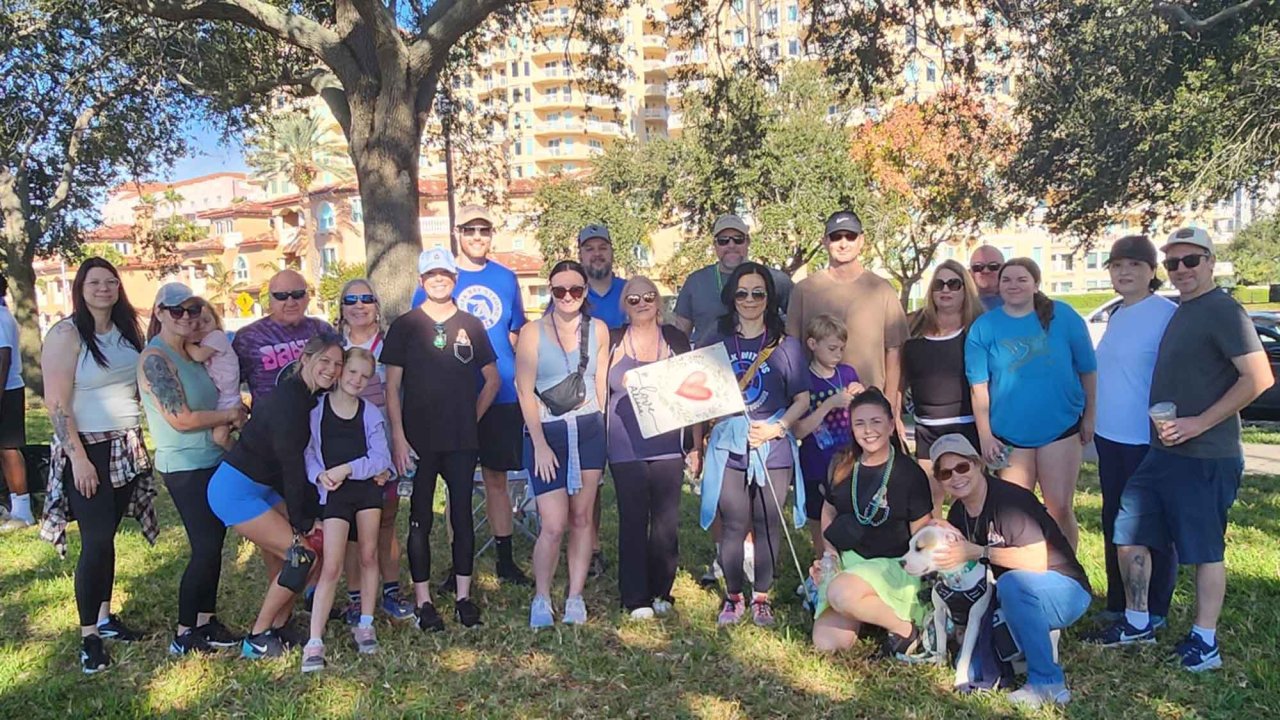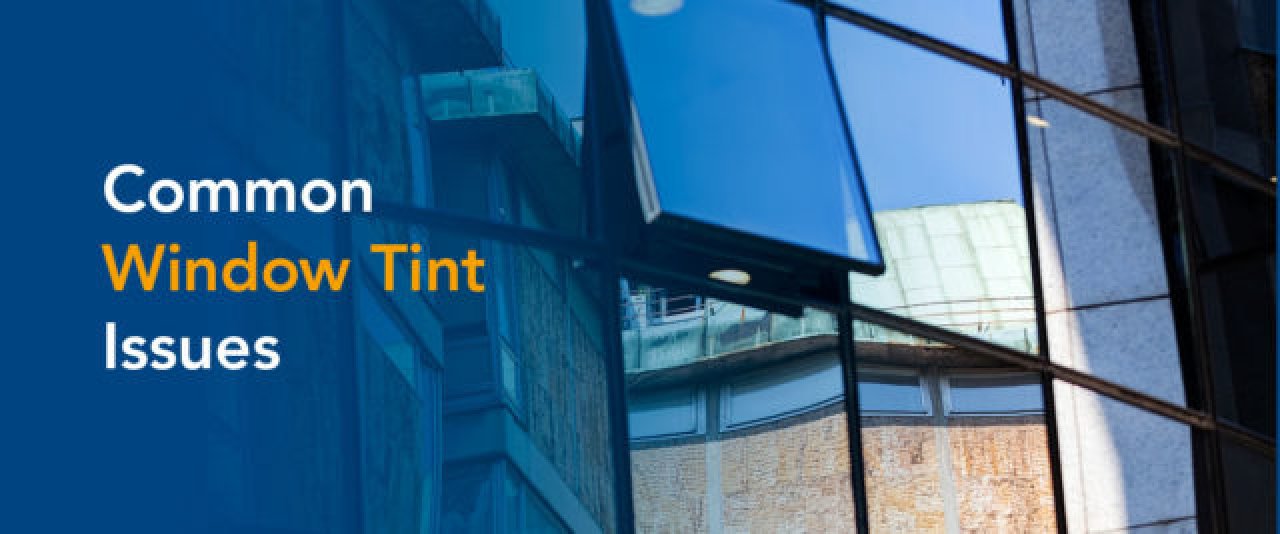Let’s Chat About Energy Conservation
Nov 27, 2015

By: David Smith
 Today we feature a conversation with green builder John Hill. He’s a graduate of Appalachian State University, a leading school for sustainability education and home to the longest running sustainable development program in the nation.
Today we feature a conversation with green builder John Hill. He’s a graduate of Appalachian State University, a leading school for sustainability education and home to the longest running sustainable development program in the nation. Q: Have you always been passionate about protecting the environment?
A: I've been interested in renewable energy technology since high school. So when I was ready to attend college, I researched universities and found Appalachian State. They had been teaching appropriate technology for a couple of decades and their list of courses looked super interesting. I worked my way through all of the course work and then some, eventually earning a degree. I really enjoyed the renewable energy courses as I thought I would, but ended up being more passionate about energy efficiency. The building science and sustainability courses forced me to consider the bigger picture of our energy use and consumption, as well as its generation. It was an eye opener to see how many systems and details need to work together to make the most durable, comfortable, and efficient buildings possible. As it turns out, our built environment uses a tremendous amount of the energy we produce. Also generating power is one of the largest impacts we have on planet earth and therefore on all of its present and future inhabitants. Which means building smarter, smaller, and more durable buildings can make a real impact. Low hanging fruit really.
I really enjoyed the renewable energy courses as I thought I would, but ended up being more passionate about energy efficiency. The building science and sustainability courses forced me to consider the bigger picture of our energy use and consumption, as well as its generation. It was an eye opener to see how many systems and details need to work together to make the most durable, comfortable, and efficient buildings possible. As it turns out, our built environment uses a tremendous amount of the energy we produce. Also generating power is one of the largest impacts we have on planet earth and therefore on all of its present and future inhabitants. Which means building smarter, smaller, and more durable buildings can make a real impact. Low hanging fruit really. Q: How did you get involved in the green building industry?
A: Once my wife and I settled into Boone, North Carolina (where Appalachian State is located), we realized that rent costs were pretty darn high. We decided to build a house while we were there, thinking we could use some of the strategies and technology that I was learning in school. The building business was booming in the area at that time and I couldn't find a contractor interested in taking on a small alternative home, so I entered the building industry out of necessity. My wife and I, along with friends and occasionally a hired builder, eventually finished the project. We ended up with a great little house and a great big education. I later went to work for one of the builders that had helped with the project and I've been working in the field since.Q: What were some of the special features of your first green house?
A: Our main design goal was to create a low-impact home that would appeal to people because of its functionality and comfort – not just that it didn't cost a lot to power. We spent a ton of time designing out wasted space, and figuring out how to get multiple uses out of certain areas so that we could keep the footprint small. That was the hardest part. We used high ceilings, plenty of daylighting, and an open floor plan to help the space feel big. We designed one bedroom to open up to the great room so we could expand the living space for entertaining. Fortunately, almost everything you do to make a house more efficient also makes it more comfortable. For instance, by using heat recovery in the ventilation system, you not only save on heating and cooling energy – the fresh air that supplies the house is a more comfortable temperature. By orienting the house to the sun and using passive solar strategies, you can capture solar energy during the winter while avoiding overheating in the summer. That's a win-win for year-round comfort. Of course, we made the shell of the house super resistant to heat and air transfer and chose efficient appliances, all of which increases performance and lowers energy use. Our solar water heating system was significantly more complex and expensive to install than a traditional water heater, but month after month, it used free solar energy to do most of the water heating, offsetting around a quarter of the house’s energy needs. The payback for that effort is more than financial – it just feels good to take a shower and know the water was warmed by the sun, not a power plant or oil well. In the end, the home we built operated on less than half of the energy of a typical new home in that region and we made plenty of mistakes on our first try.
Fortunately, almost everything you do to make a house more efficient also makes it more comfortable. For instance, by using heat recovery in the ventilation system, you not only save on heating and cooling energy – the fresh air that supplies the house is a more comfortable temperature. By orienting the house to the sun and using passive solar strategies, you can capture solar energy during the winter while avoiding overheating in the summer. That's a win-win for year-round comfort. Of course, we made the shell of the house super resistant to heat and air transfer and chose efficient appliances, all of which increases performance and lowers energy use. Our solar water heating system was significantly more complex and expensive to install than a traditional water heater, but month after month, it used free solar energy to do most of the water heating, offsetting around a quarter of the house’s energy needs. The payback for that effort is more than financial – it just feels good to take a shower and know the water was warmed by the sun, not a power plant or oil well. In the end, the home we built operated on less than half of the energy of a typical new home in that region and we made plenty of mistakes on our first try. 

